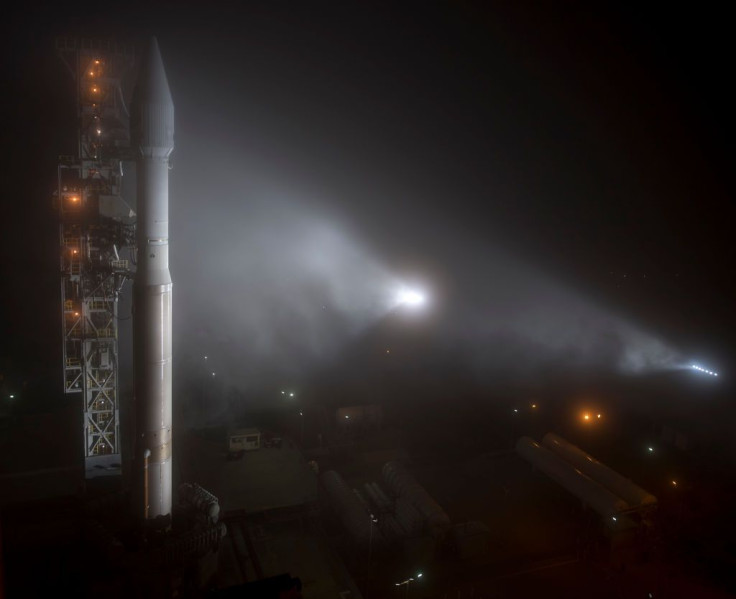NASA Robot 'Mole' Starts Groundbreaking Exploration To Better Understand Mars

A robot, nicknamed “mole,” that will play a crucial part in NASA’s ongoing exploration of Mars is expected to start digging this week.
This interplanetary mole is part of NASA’s InSight mission that reached the Red Planet last November. The mole’s main function is to measure how heat moves in another planet as this could help scientists understand how the Martian surface formed and find proof of life outside of the Earth.
“Unlike, say, a camera, which we've flown hundreds on various missions, there hasn't been anything like the mole before," Troy Hudson, instrument systems engineer at NASA's Jet Propulsion Laboratory (JPL), said in an interview.
The mole was put in position by InSight two weeks ago and was supposed to start drilling on Tuesday. However, the signal to start the drilling action did not reach InSight in time, so the operation was delayed for a few days.
The mole, also known as “Heat Flow and Physical Properties Probe” or HP3 for short, will act by burrowing a self-hammering spike that is expected to dig up to five meters deep. NASA collaborator German Aerospace Center (DLR) developed the probe.
Aside from measuring heat, HP3 will also be used to determine where the heat underneath Mars is coming from and to find if there are more similarities between the Earth and the Red Planet. It will also be monitoring “marsquakes” using a seismometer, which could uncover how planes formed on the rocky planet.
NASA scientists are hoping that the mole won’t encounter any large rocks that could damage the instrument and delay the exploration. The robot will concentrate on digging the Martian Regolith, a region where clay can be found.
“Getting the mole into the regolith and seeing how it behaves is also going to be exciting from an engineering standpoint, as well as from a science standpoint," Sue Smrekar, deputy principal investigator for the InSight mission and a geophysicist at JPL, said.
Data that will be received from the mole is expected to give scientists important information not only on heat measurements, but also on how weather plays a role on the planet. It can also tell scientists about the thickness of the planet’s crust and can help determine different chemicals and elements that exist on Mars.
© Copyright IBTimes 2024. All rights reserved.











